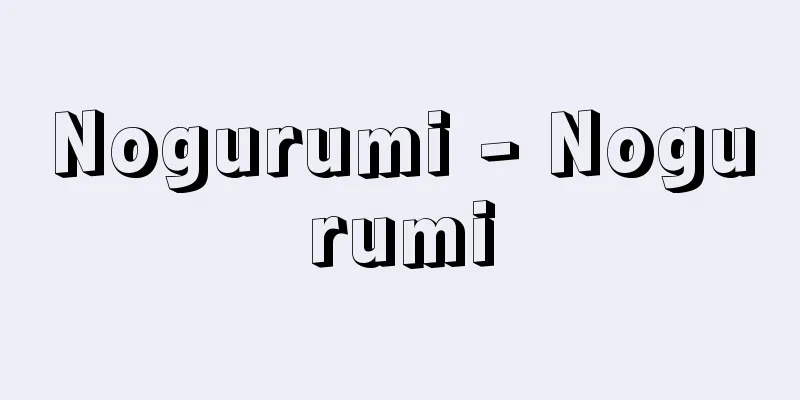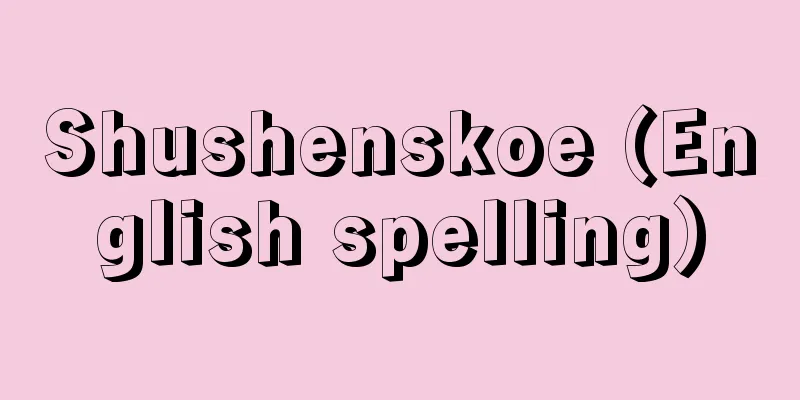New Year's calligraphy - Kakizome
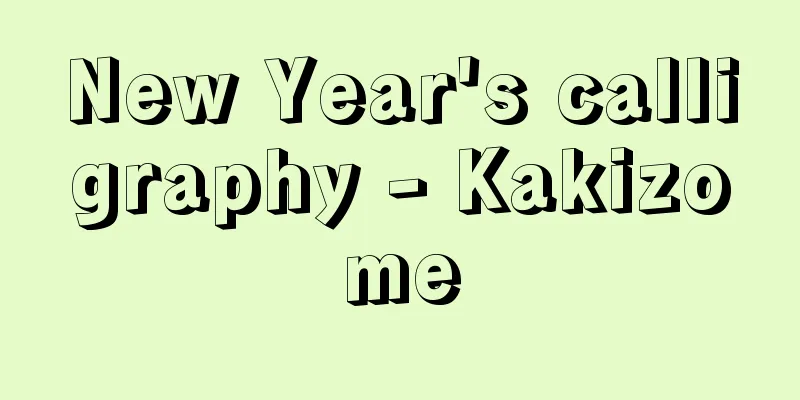
|
It is also called "Kisho" or "Hatsusuzuri". It is the first calligraphy or drawing in the New Year. It is usually held on January 2nd. Since the Heian period, Kissho was a ceremonial document that was chosen to be submitted on an auspicious day for nobles and samurai families on special occasions such as the beginning of the New Year and the change of era. It was incorporated into the samurai traditions, and in the Edo period, it became a private event along with the popularity of terakoya schools. When it was accepted by the public, it was probably seen as the first day of work indoors. Ink is ground in fresh water and written with a brush facing the lucky direction of the year. This is pasted on a wall or wall until Koshogatsu, and on Koshogatsu it is brought together and burned in the fires of a bonfire. When the burning flame rises high into the air, people rejoice, saying that "the hands are rising" (their handwriting has improved). [Shoji Inoguchi] This event is held on the second day of the New Year. It originates from a ceremony in the Heian period when nobles and samurai families would issue auspicious writings as a sign of celebration, and is also called Yoshisho or Hatsuzure. During the Edo period, people began to learn calligraphy at temple schools, and calligraphy became widely popular among the general public. "Terakoya Shohatsu" (Terakoya Shohatsu), a triptych by Utagawa Toyokuni, owned by the National Diet Library . New Year's calligraphy Source: Shogakukan Encyclopedia Nipponica About Encyclopedia Nipponica Information | Legend |
|
吉書(きっしょ)とも初硯(はつすずり)ともいう。正月に初めて書や絵をかくこと。たいてい1月2日の行事としている。吉書は平安時代以来、公家・武家において、年始・改元など事が改まった機会に、吉日を選んで奏聞する儀礼文書のことであった。それが武家故実に取り入れられ、また江戸時代には寺子屋の盛行とともに民間行事にもなった。民間で受け入れるにあたっては、屋内作業の仕事始めのような感覚であったろう。若水(わかみず)で墨をすり、その年の恵方(えほう)に向かって毛筆で書く。これを小正月(こしょうがつ)まで長押(なげし)などに貼(は)っておき、小正月には持ち寄ってどんど焼の火で焼く。その燃えかけが空中に高くあがると「手があがる」(字が上手になる)といって喜ぶ風がある。 [井之口章次] 正月2日の行事。平安時代の公家・武家において慶賀のしるしとして吉書を出した儀式に由来し、吉書とも初硯ともいう。江戸時代、寺子屋で手習い(習字)をするようになって、書初めも一般に広く普及した。歌川豊国画『寺子屋書初』 三枚続国立国会図書館所蔵"> 書初め 出典 小学館 日本大百科全書(ニッポニカ)日本大百科全書(ニッポニカ)について 情報 | 凡例 |
Recommend
Police offense - Ikeizai
This is one of the crime categories, along with fe...
Duck shell - Duck shell
A gastropod snail of the family Scyllidae in the ...
Siddons, Sarah
Born: July 5, 1755, Brecon, Wales [Died] June 8, 1...
SOFAR - Sofa
《 sound fixing and ranging 》A path through which s...
Robin - Robin (English spelling) robin
A bird of the order Passeriformes, family Muscica...
Kanjin - Kanjin
〘noun〙① (━suru) To encourage or entice. In particu...
Cascaval
...However, the damage caused by highly venomous ...
Chorus book - Gasshobon
…also called partitur or full score. In contrast,...
Burebista
...A region rich in gold and silver, it had been ...
Newborn baby - shinseiji (English spelling) newborn
The neonatal period is the period from when the e...
Haliplidae
…They emerge from the water and pupate in the soi...
《Des réactions politiques》 (English notation) Desreactions politiques
…This ideological revolution, which was carried o...
Dioon
… The genus Cycas is the only cycad plant in Asia...
Moabite
…The hundreds of proper names found on cuneiform ...
Expenses - public expenditures (English)
Although the term "expenses" is general...
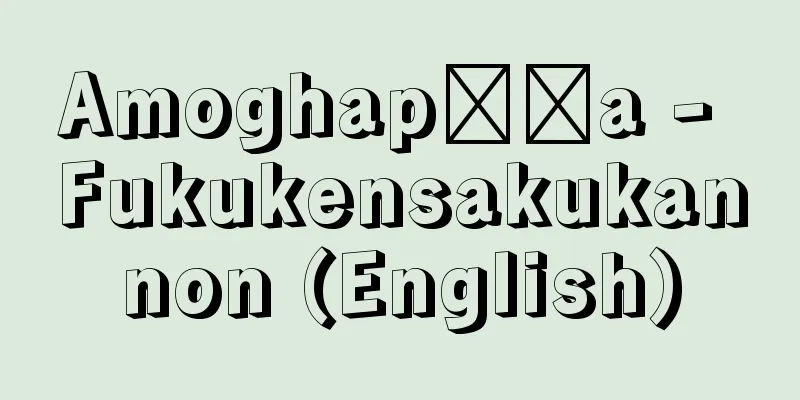

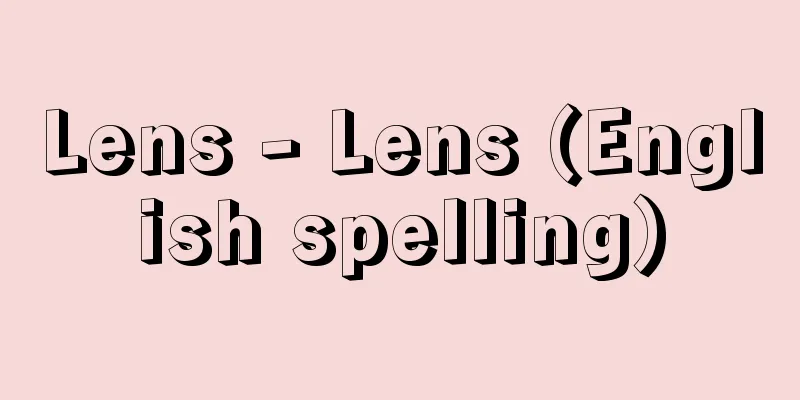
![Yachiyo [city] - Yachiyo](/upload/images/67cd0ba879c07.webp)

